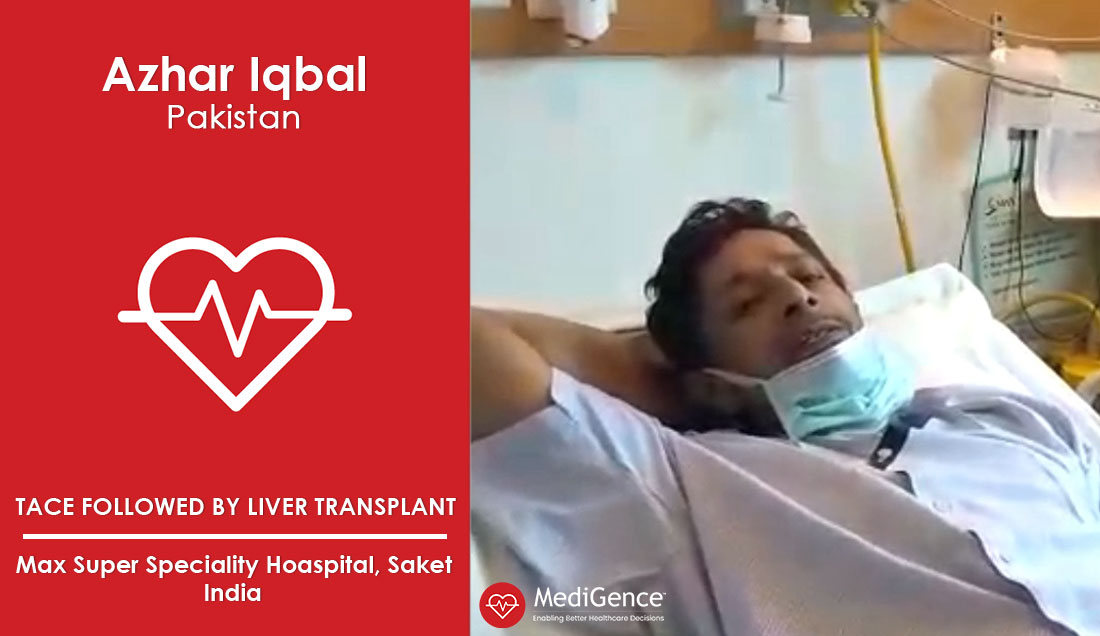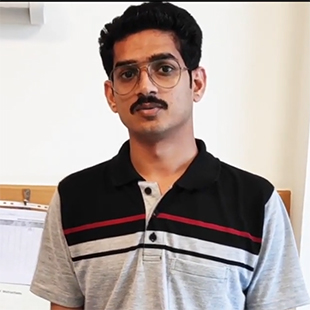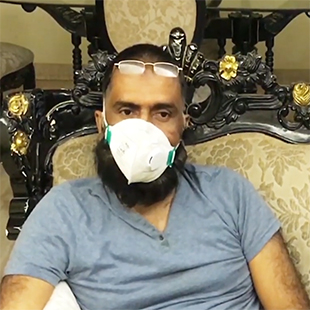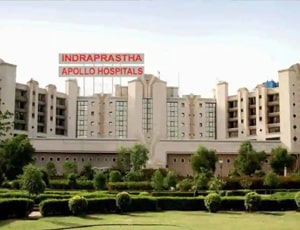A liver transplant is a surgical procedure where a diseased or damaged liver is replaced with a healthy liver from a living or deceased donor. The liver is a vital organ that performs essential functions, such as:
A liver transplant is usually reserved as a treatment option for people who have significant complications due to end-stage chronic liver disease. A liver transplant may also be a treatment option in rare cases of sudden failure of a previously healthy liver. It is a treatment option for individuals with end-stage liver disease or specific liver-related conditions that cannot be effectively managed with medical therapies or other interventions. Here are some common conditions that may lead to the need for a liver transplant:
Patients with liver disease may experience the following symptoms:
Liver transplantation is a complex medical procedure that involves several diagnostic tests and evaluations to determine a patient's eligibility and suitability for the procedure. The specific tests and assessments may vary among healthcare institutions, but here are some common diagnostic procedures conducted before a liver transplant:

Pakistan
Patient Testimonial : Azhar Iqbal for Liver Transplant in India Read Full Story

Pakistan
Abdul Majid from Pakistan underwent Liver Transplantation in India Read Full Story

Pakistan
Patient Story: Mr. Nizam from Pakistan underwent Liver Transplantation in India Read Full Story

Delhi, India
Equipped with more than 50 specialty institutes, Indraprastha Apollo was started with the vision of ...more
![]() Private Driver / Limousine Services
Private Driver / Limousine Services
![]() International Cuisine
International Cuisine
![]() Phone in Room
Phone in Room
![]() Online Doctor Consultation
Online Doctor Consultation

Singapore, Singapore
Mount Elizabeth Hospital is a multispecialty healthcare facility operated by Parkway Health. The hos...more
![]() Private Driver / Limousine Services
Private Driver / Limousine Services
![]() International Cuisine
International Cuisine
![]() Phone in Room
Phone in Room
![]() Online Doctor Consultation
Online Doctor Consultation

Istanbul, Turkey
Founded in 1999, Medicana Camlica is a specialty hospital of the Medicana Group which is well known ...more
![]() Private Driver / Limousine Services
Private Driver / Limousine Services
![]() International Cuisine
International Cuisine
![]() Phone in Room
Phone in Room
![]() Online Doctor Consultation
Online Doctor Consultation

Gastrointestinal Surgeon
Delhi, India
of experience
USD 32 for video consultation

General Laparoscopic Surgeon
Hyderabad, India
6 of experience
USD 30 for video consultation

Liver Transplant Surgeon
Gurugram, India
14 of experience
USD 50 for video consultation

General Surgeon
Istanbul, Turkey
18 Years of experience
USD 210 for video consultation
Q. What is the liver transplant survival rate?
A. The survival rate in such patients Is around 59 percent. Life expectancy after liver transplantation is greater in women and children as compared to men.
Q. What is the liver transplant life expectancy?
A. Post liver transplant life expectancy varies from one patient to another. It is estimated that 75 percent of the patients survive for the initial five years after the transplant and after that, they may experience liver failure or dysfunction due to a liver disease.
Q. What is the liver transplant exclusion criteria?
A. For patients with cancer, aids, advanced heart or lung diseases, undergoing a liver transplant may not be suitable.